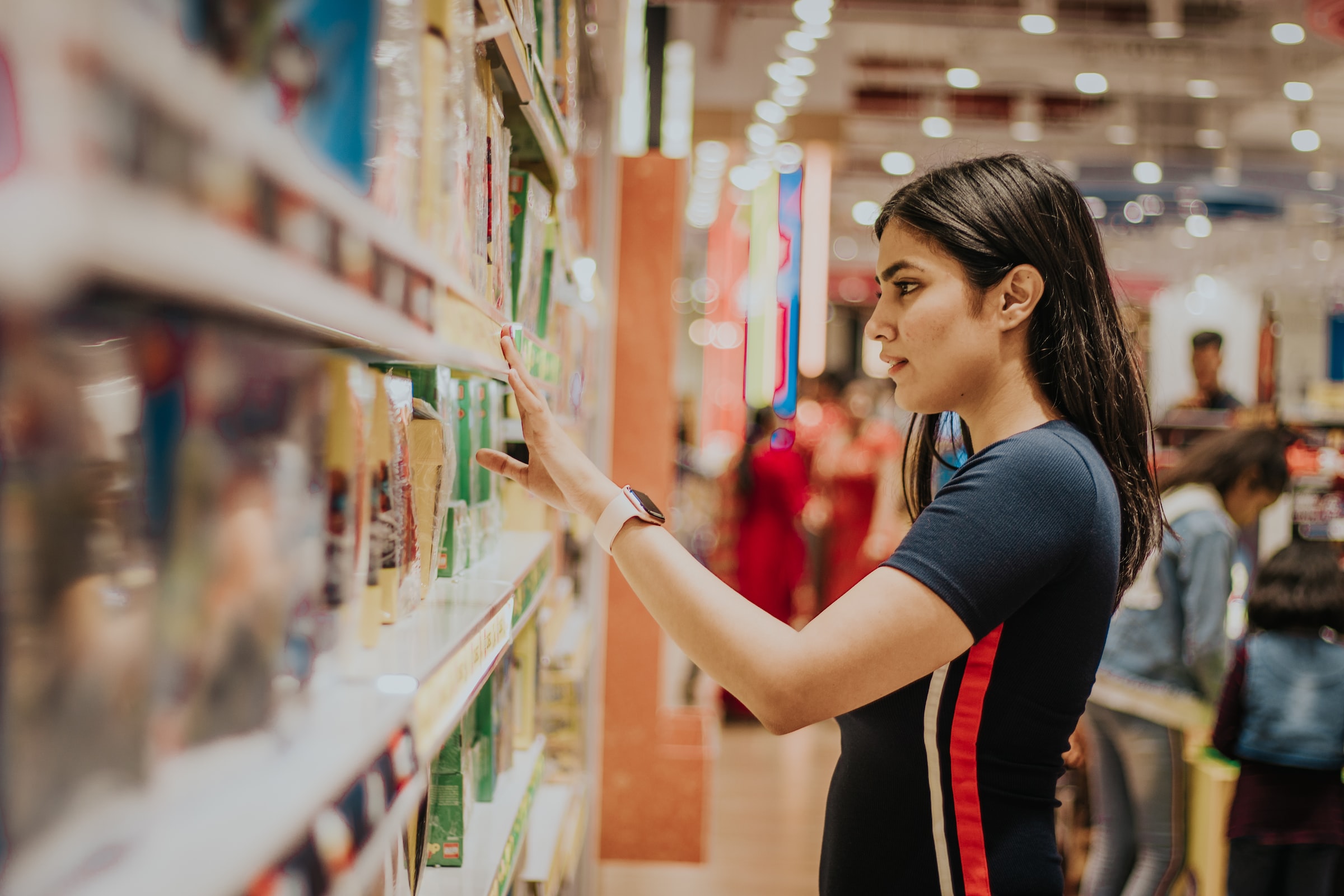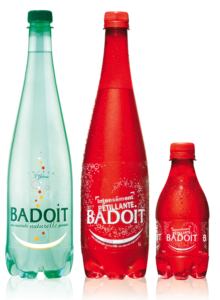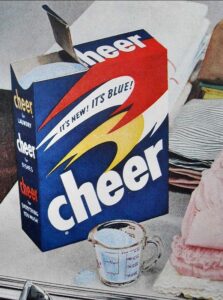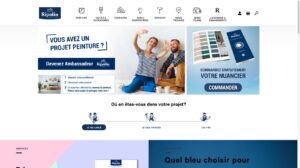
Does color impact how customers buy products?
Feb 10, 2023
Our sensitivity to color makes us react emotionally to brands. Color makes our mouths water, eyes grow large, and sometimes, even influences us to choose one product over another. And brands attract customers using this powerful tool.
For your business, think about how its brand communicates with customers. Is it using color to bring people toward it?
Or to repel them?
Here’s how color influences our purchases and how a few brands used it to change their products based on consumer feedback.
What color means to buyers
Buyer perceptions of colors aren’t one-size-fits-all. Depending on the country and culture, these perceptions can vary wildly. Plenty of research has been conducted on the impact color has on people buying products.
Studies have been conducted on people’s color preferences and their effects on cross-cultural marketing. Researchers have also found that color also influences how trustworthy customers find a business.
Within 90 seconds, people have made up their minds about whether they will interact with a product. For these buyers, over 60% of this decision is based on color.
In Considerations Regarding Use and Role of Colour in Marketing, the report highlights several studies showing how color leads to impulse purchases. Consumers who tend to do it are generally attracted to warm reds, oranges, and cooler shades like black and royal blue.
Another study referenced in the report reveals that buyers who made planned purchases were drawn to brighter colors like pink, turquoise, and softer blues.
This opens up new opportunities for marketers to connect with consumers using color.
Color and marketing in the wild
Brands around the world use color to attract customers. But there’s more to it than sprinkling red and gold in your packaging design because you like it. It’s about choosing the hues and shades representing your brand and its products—and being flexible enough to change.
Here’s how these businesses used color to reach new audiences and gain insight into what consumers thought about their products based on it.

Badoit
In 2004, Danone mineral water brand Badoit switched their bottles from blue to red. Initially, blue bottles were associated with older buyers who preferred them.
However, the brand wanted to attract a younger audience drawn to more vibrant colors. Changing the bottle color was a huge win for the company. Six months after the launch, Badoit experienced a sales bump that enabled them to achieve a market share of 3%. All because of a fiery red bottle.

Cheer
In the 1994 article from Direct Marketing titled, The Color of Money May Actually Be Fuchsia, they told the story of how detergent brand Cheer’s color experiment led to some big revelations.
In 1950, Cheer tested how people responded to adding traces of color to their detergent powder. The brand manufactured detergent boxes with powders tinged with red, blue, and yellow. Then they asked customers what they thought about each one.
And Cheer discovered something interesting.
People who bought boxes with yellow flecks thought the detergent didn’t clean their clothes well enough. Those with powder containing red spots felt that the detergent completely messed up their laundry. And the blue? Consumers believed it washed clothes the best.
Each powder contained the same components, but people’s preconceived notions around color affected how they thought these specks would clean their clothing.

Ripolin
French paint manufacturer, Ripolin, increased brand awareness from 28% to 34% in only a few months. They did it by focusing on their products’ emotional effects on consumers. This led to organizing their color palettes into seven categories, which Ripolin called “Colorterapia.”
These categories ranged from yellow “tonics” to “soothing” dark reds and pinks. Making this small change increased sales for the company and gave customers an outlet to express their personalities through color.

Heinz
Heinz found enormous success by challenging our idea of what ketchup should look like. With the release of the EZ Squirt Blastin ‘Green’ ketchup, the brand wanted to get kids to paint their food with color. Within seven months of launching the new condiment, they sold over 10 million ketchup bottles.
And even though the company discontinued it in 2006, people can still find the occasional bottle in their lone discounter store.
Color impacts consumer purchases
For years, researchers have studied color and its effects on human behavior. Food and beverage brands like Coca-Cola and McDonald’s use red in their branding because it draws attention and influences the impulse to consume those products.
Studies indicate that color helps to plant seeds of trust. When asked to rate stores based on trustworthiness and quality, color is a significant factor in how consumers judge them.
For businesses pushing out new products and services, it’s essential to consider how color plays a role as one of the primary visual influencers in decision-making. Sometimes it’s the main attraction impacting whether someone takes your product off the shelf or one from another brand.



